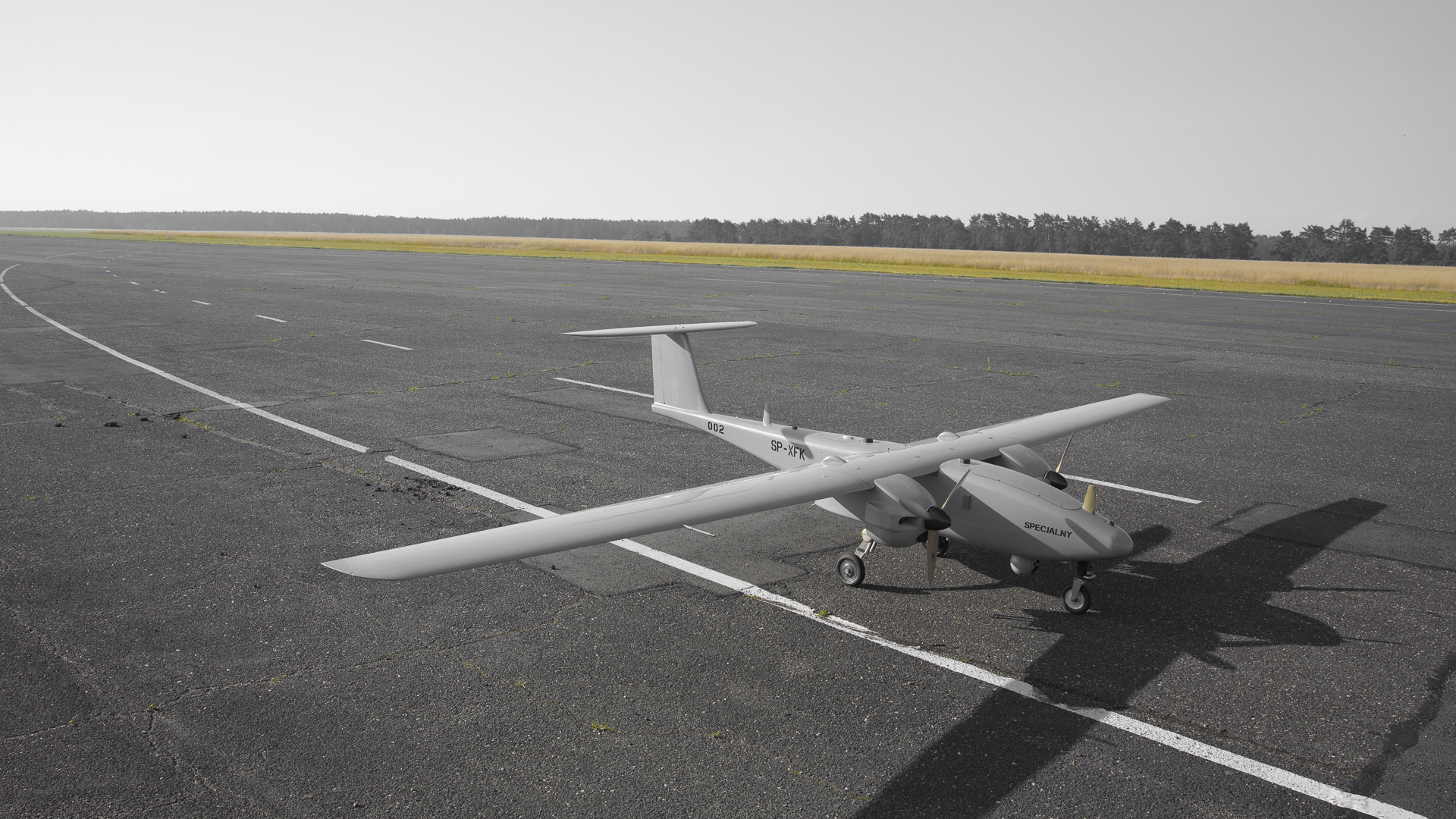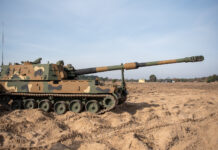The Polish Armed Forces are procuring a comprehensive package consisting of reconnaissance drones, loitering munitions, command and control systems, as well as associated logistics and training components. This was announced by Polish Defence Minister Mariusz Blaszczak in a statement at the beginning of May. The package is worth almost €426M and will primarily equip the eastern Polish artillery regiments, the minister said.
When asked by the press, the Polish military was deliberately reticent and referred to the increased importance of secrecy, which was necessitated by the war in Ukraine and the heightened tensions in relations with Russia. Thus, the head of the Polish Armament Agency, Colonel Artur Kuptel, emphasised that the projected figures for the respective systems would not be disclosed for the time being. The press release of the manufacturer does not reveal any quantities, either. However, the communiqué of the Defence Minister allows conclusions to be drawn about the structure and scope.
Thus, four so-called battery modules of the GLADIUS reconnaissance and effect system are to be procured from the Polish manufacturer WB Group in the first attempt. These consist of a number of vehicles with command and control and logistic tasks and also include the mobile ground station as well as a combat set of BSP-U GLADIUS loitering munition and associated launching equipment.
GLADIUS Characteristics
According to press reports, the BSP-U is based on the WARMATE 2, which can remain in the air for up to 120 minutes and can be equipped with a shaped-charge, thermobaric or fragmentation warhead. For medium range, the GLADIUS system is supported by the same manufacturer’s FT5 tactical area drone for target acquisition. In addition, it also serves as a relay between the agent and the ground station. According to the manufacturer, the 85 kg FT5 with a wingspan of 6.4 m is capable of remaining in the air for up to 10 hours. With a maximum steering range of 150 km, the drone can reach a summit altitude of 5000 m, but requires a prepared runway for take-off and landing.
The GS2-UM gimbal, also developed by WB Group, with a combined day-vision and infrared camera, is used for reconnaissance and target tracking. In addition, a laser target illuminator can be integrated. The collected data is transmitted in real time via an encrypted data link to the ground station’s integrated guidance system known as TOPAZ. The data processed there allows direct guidance of loitering munitions, but also correction of the fire of tube or rocket artillery.
According to the Ministry of Defence, the project includes the purchase of several hundred drones, loitering munitions and simulators for training. The first partial delivery is already expected for the end of 2022. The announced procurement is the largest programme for unmanned aerial vehicles in the history of the Polish armed forces. The purchase of 24 BAYRAKTAR TB2 combat drones, as well as four ground stations and a training and logistics package, announced in May 2021, cost almost €230M, according to press releases.













